Today’s feature is from correspondent Dave Spaulding.
When it comes to engaging in armed conflict, people want to believe they know how the fight will start, finish and how their opponent will engage. Many also believe they will know exactly how they will respond. Always having a plan of attack is sound, but we all need to remember the fight will never progress according to plan, so we all need to have contingencies as the unexpected tends to always occur (Murphy is alive and well!) After all, making assumptions can put you at a disadvantage before the fight ever begins.
Over the last 40 years I have taught many courses and, in these courses, students will always share their “plan of attack” with me. This is true regardless of whether they are law enforcement or armed citizens and most will go something like "If someone kicks in my front door, I'm going to get my gun while my wife calls the cops." Or “If I roll on an active shooter call, I will clear my carbine from the rack before I arrive on the scene.” These plans will work fine provided the suspect(s) perform exactly as they are visualized in the student’s mind. The problem is we have no idea what any criminal will do and as I have said many times before they don’t think like you do!
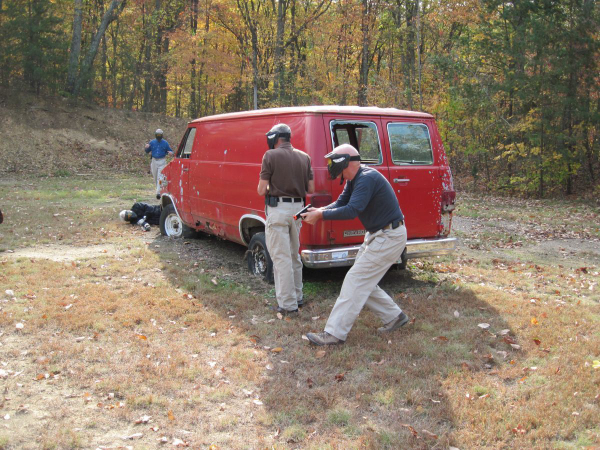
The truth is good guys and gals don't have the experience to “think” like the bad guys. Why, you ask? Simple, we have not had the same life experience. I sometimes question tactics and techniques developed during interactive Simunitions or Airsoft training as the people playing criminals are really cops or legally armed citizens and they will behave/respond in such scenarios as trained -- not as a desperate criminal would. In the examples above, what if the suspect comes through the back door instead of the front? What if the officer wrecks his cruiser while in route because his attention was directed at the carbine? It’s been said many times before,” No plan survives first contact with the enemy.”
It's certainly important to “war game’ any plan, but it’s imperative to have several plans. When plan A doesn't work (and it probably it won’t), we move to plan B and if that fails plan C is instituted without hesitation. Yes, it is a tall order but it is essential. Attempt to consider all the possible variables in conflict and then plan for the worst possible situation. Hopefully when things don't go to plan (they won't) you are still prepared with additional options. Again, and it can’t be said enough, ”no plan survives first contact with the enemy.”
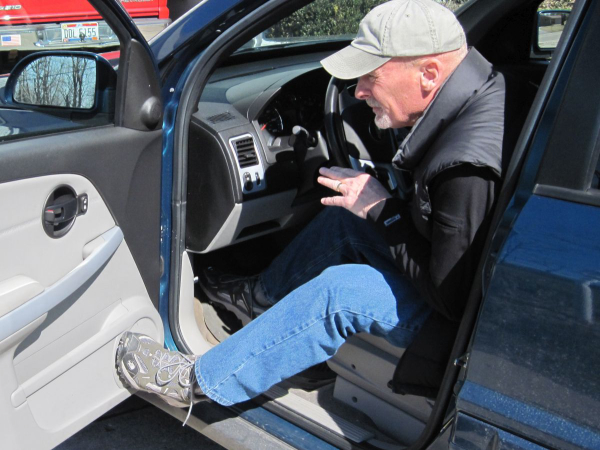
What happens when the unexpected happens? It’s always possible something will happen we never considered. You can think a problem through a million ways -- when, where, how and why -- and still not come up with all the potential situations that will occur during a fight. A bit of harsh reality is in order; you cannot possibly train for every potential situation you may face. This is why fundamental/ foundational (I like to call them essential) skills should be practiced and mastered, as the person who will win in armed conflict is the one who can adapt these essentials to the threat they face.
Threats will always be situationally dependent and we need to embrace this reality. Practice the critical skills -- movement, communication, accurate shooting, manipulation of the weapon, and using cover/concealment -- so they will run on “auto pilot” (or as close as possible) in any type of attack. If you must “orient” to the situation, you might not respond at all without having done the homework. Doing this prepares us for the unexpected, which is darn near guaranteed in any fight.
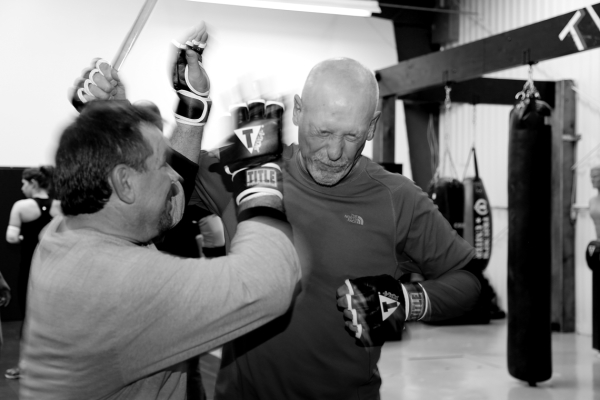
Never make assumptions in regards to how an attacker will respond to your actions. Again, they don’t think like we do. The only control you will have over the situation you are involved in is what you will do; there is no way to predict what your attacker will do. It would be great if suspects always responded to verbal commands or immediately became incapacitated from one round fired from our carry pistol but everyone reading this should know such things are fantasy. Handguns are poor man stoppers, which is why carbines and shotguns are carried in police cruisers. Oh yeah, the miss ratio in police shootings is also quite high so the idea of one round fired and ending a fight might be the biggest of fantasies.
“No problem,” you say? “I will just transition to my carbine.”
Really? You walk around with a carbine? You must be working in a war zone because I know of no place in America where walking around with a long gun will not garner attention. Fight your way to a better gun? How do you do this in a situation that will last but a few seconds? I appreciate the sentiment, but I would not rest my plan on such ideas.
Armed conflict is rapidly evolving, ever changing and certainly unpredictable. Even if we do have plans A, B, C the suspect(s) might do something that makes us skip over plan B to move to plan C and then maybe return to B. Who knows? Clint Eastwood was certainly correct in the movie Heartbreak Ridge, we must be prepared to “improvise, adapt and overcome.” It has been my experience that a sizeable number of police officers dread in-service training, in some cases even think it’s stupid, but it is this training that prepares each officer for the conflict(s) they are likely to face. How many armed citizens train beyond their initial CCW certification course? It is wise to keep in mind the PRIMARY job of every law enforcement officer is to seek out law- breakers and place themselves between the criminal and the citizens they prey upon. With this thought in mind, what are the chances a cop will become involved in a serious, life-threatening conflict during their career? Will they be ready? The search and introduction of new techniques and the skill building via repetition undertaken during law enforcement in-service equips officers to respond effectively in these conflicts. If they haven't mastered the tactics and techniques needed to fight these threats, it is very possible we will lose. The same applies to the legally armed citizen.
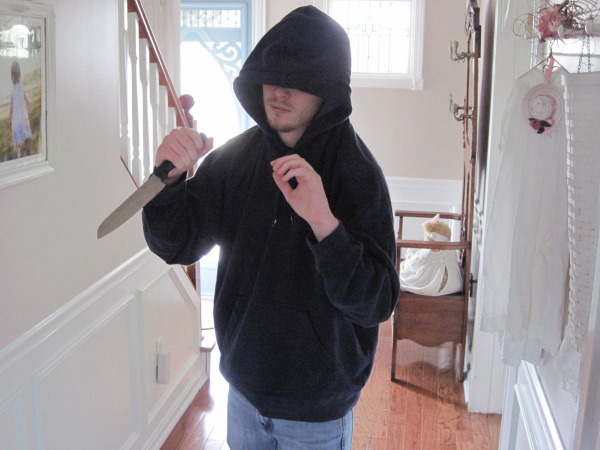
There are many aspects needed to prevail in armed conflict and they are difficult to accomplish; aggressive but meaningful movement, communicating threats to others, deciding what is and using cover, accurate shooting as required, and instant decision making. If your personal practice or in-service training does not include these critical components it will be all but impossible to perform them under the duress of armed conflict. There is no such thing as a “fair fight,” that’s just schoolyard BS. The difference between competition and combat is rules. If there are rules governing what transpires, it’s a sport. In a fight if you are not cheating, you are not trying hard enough to win. Use every skill, tactic or technique you possess to your advantage.

Col. Jeff Cooper, in his book The Principals of Personal Defense, outlined what was needed to prevail in armed conflict: Alertness, Decisiveness, Aggressiveness, Speed, Coolness, Ruthlessness and Surprise. Surprise might be the most critical component. Erich Hartmann, the Nazi Ace who killed 352 enemy pilots during 1,000 combat missions laid out the importance of surprise when he said “The man who sees the other first already has half the victory!” You can’t fight what you can’t see.
Combat is not about accurate shooting, movement, tactics or techniques. It’s about continuous problem solving under the duress of someone trying to cause YOUR death. It’s about one fast crisis-level decision after another on which tactic or technique to use -- should I move, stay, shoot, reload, take cover, retreat, engage, are there non-hostiles in the area, am I justified in shooting, where are non-hostiles, where is the suspect? It’s about adaptation. These decisions will arrive in rapid fire and the truth is you will not move through observe, orient, decide and act as smoothly as water being poured from a pitcher. Harsh reality: if you cannot “see-then-do,” you might very well freeze in the orientation phase. Considering all the information pouring in colliding with personal bias, reluctance, and disbelief it’s a wonder orientation can occur at all. But it can and does for the truly prepared.
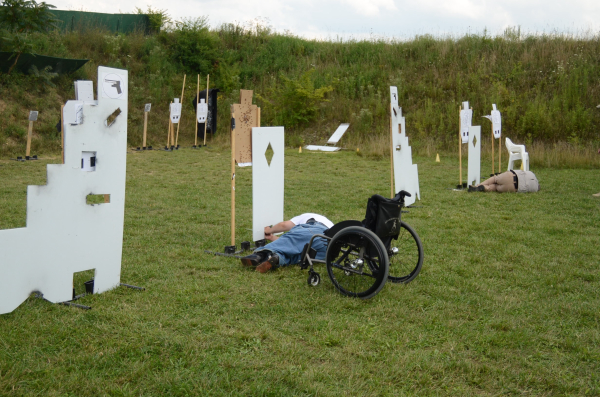
Finally, your tactics and techniques will need to be “trained in” so you can perform at a level known as unconscious competence. It is a very good idea to keep your skill set(s) as simple as possible. No, simple techniques might not look as cool in an Instagram video, but “tacti-cool” seldom wins the fight. In the end, it’s not about how tight a group you can shoot on the range or if you can win the local shooting competition, it’s about whether or not you can hold yourself together during the most stressful event you will ever experience and take the action(s) needed to prevail…not just survive.
One of my favorite quotes... “Right now, someone is training so when they meet you, they beat you. Train hard and stay on guard.”
-- Dave Spaulding